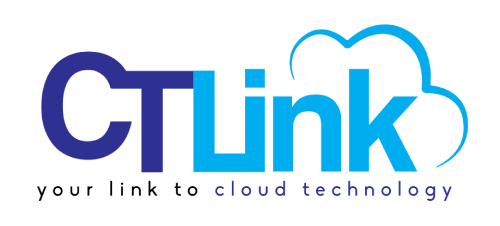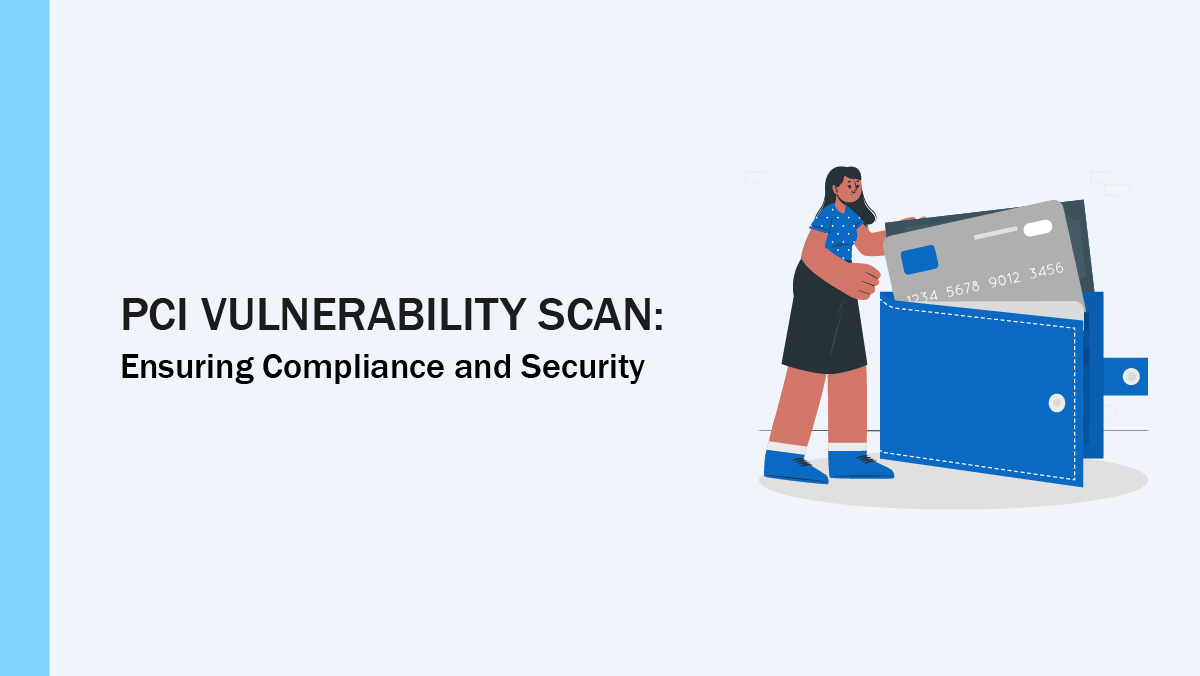A PCI vulnerability scan is a mandatory requirement for organizations that handle credit card information, as outlined in the Payment Card Industry Data Security Standard (PCI DSS). These scans are performed by an Approved Scanning Vendor (ASV) to automatically check your external systems—like web servers and network devices—for known security weaknesses. They highlight issues such as missing software patches, insecure settings, or exposed services that could let attackers access sensitive payment data.
Passing your quarterly PCI vulnerability scan is an important step toward compliance, but it’s only the beginning of a strong cybersecurity posture. Think of it like a routine health check—it confirms you’re meeting baseline requirements, but it doesn’t ensure you’re fully protected against evolving threats. Once the scan is complete, our role begins: we help you interpret the findings, identify potential risks, and strengthen your defenses beyond the minimum standards.
Below, we break down five essential steps to help you make the most of your PCI vulnerability scan: from understanding its scope to integrating results into a broader security program.
Know What a PCI Vulnerability Scan Covers (and What It Doesn’t)
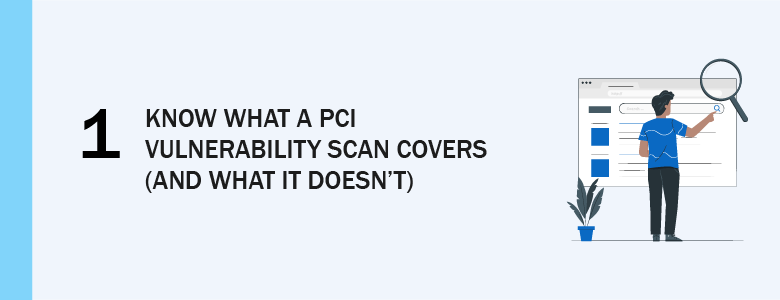
A standard PCI vulnerability scan examines:
- External IP addresses and domain names to detect open ports and services.
- Web application vulnerabilities like SQL injection or cross-site scripting (when in scope).
- Missing security patches and outdated software versions.
However, scans do not test internal networks, wireless environments, or custom application logic. They won’t uncover social engineering risks or misconfigurations in internal firewalls. Understanding these boundaries helps you plan complementary assessments—such as penetration testing (VAPT) or managed SOC monitoring (MSOC)—to cover the full threat landscape.
Schedule Scans Strategically—After Changes, Not Just Quarterly
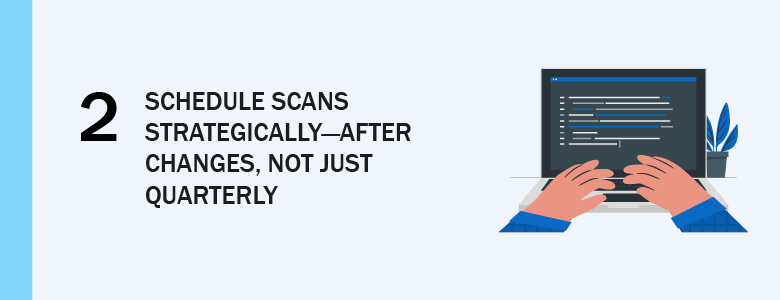
PCI DSS mandates quarterly scans, but real risk emerges right after updates or new deployments. Implementing scans:
- Post-Change Scanning: Automate vulnerability scans immediately following software updates, configuration changes, or new asset introductions.
- Regular Rescans: Maintain a schedule of at least quarterly scans, and after any significant network or application change.
- Scan Windows: Coordinate with IT teams to minimize disruption and ensure accurate, artifact-free results.
Pairing scans with continuous vulnerability management tools ensures you never discover critical gaps months after they appear.
Interpret and Prioritize Scan Findings with Context
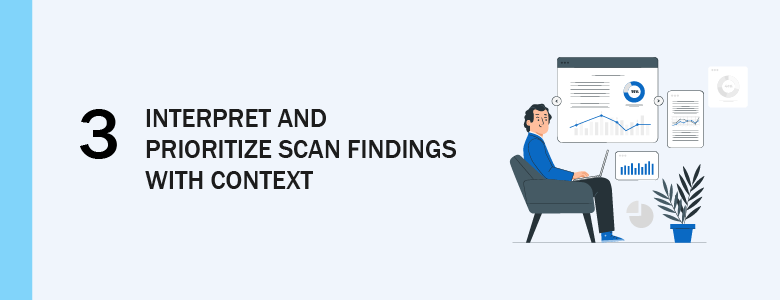
A scan report can list dozens—or even hundreds—of vulnerabilities. To avoid alert fatigue:
- Categorize by Risk Level: Focus first on high and critical CVEs affecting public-facing systems.
- Assess Business Impact: Determine which vulnerabilities affect systems handling cardholder data (CHD) versus non-critical services.
- Map to Threat Scenarios: Use threat intelligence to see if a vulnerability is actively exploited in the wild.
A mature vulnerability program overlays scan results with threat context and business priorities—turning raw data into actionable remediation plans.
Remediate Efficiently—and Verify with Rescans
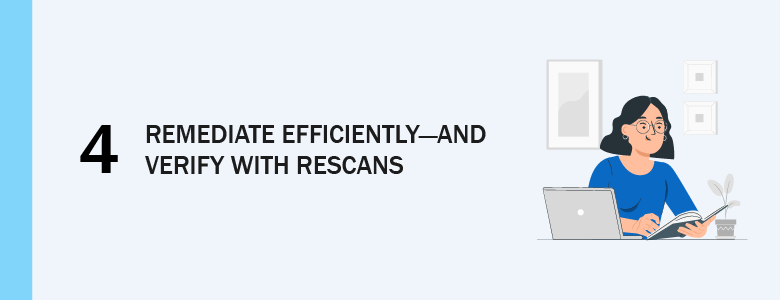
Closing gaps isn’t just about applying the latest patches. Effective remediation involves:
- Change Management: Test patches in a staging environment before production rollout.
- Configuration Hardening: Apply secure baselines for operating systems and applications.
- Documentation: Record fixes, update asset inventories, and maintain audit trails.
- Verification Scans: Run rescans to confirm vulnerabilities are resolved and no new issues emerged.
These practices align patching with organizational processes and provide evidence of compliance readiness.
Integrate PCI Scans into Your Broader Security Ecosystem
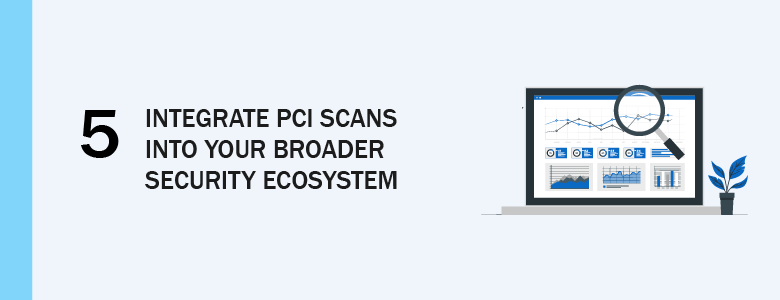
A one-off scan won’t protect you from evolving threats. Integrate scans into a continuous security cycle:
- Vulnerability Management (VAPT): Schedule annual or biannual penetration tests to uncover logic flaws and business-specific issues.
- Managed SOC (MSOC): Stream scan logs into a Security Operations Center for 24/7 monitoring and correlation with other events.
- Security Awareness: Train staff on patch management, secure configurations, and incident response procedures.
By embedding PCI scans within a comprehensive security program, you turn compliance activities into real security improvements.
Next Steps: Strengthen Your Compliance and Security

While passing a scan from an Approved Scanning Vendor (ASV) means you’ve met PCI DSS requirements, this represents only the baseline of your security journey. Once that scan is done, CT Link can step in to help you go further—bridging the gap between compliance and true protection.
Our expertise lies in helping organizations build a stronger foundation through vulnerability assessment and penetration testing (VAPT), along with round-the-clock visibility from our Managed Security Operations Center (MSOC). These services don’t replace the role of ASVs, but they do help you understand the implications of scan results, identify lingering risks, and proactively defend against more advanced threats.
If you’re aiming for more than just a passing mark—and want a resilient, scalable security posture—CT Link is here to help you strengthen every layer.
Contact us at marketing@ctwps.azurewebsites.net to learn more about our services today!
